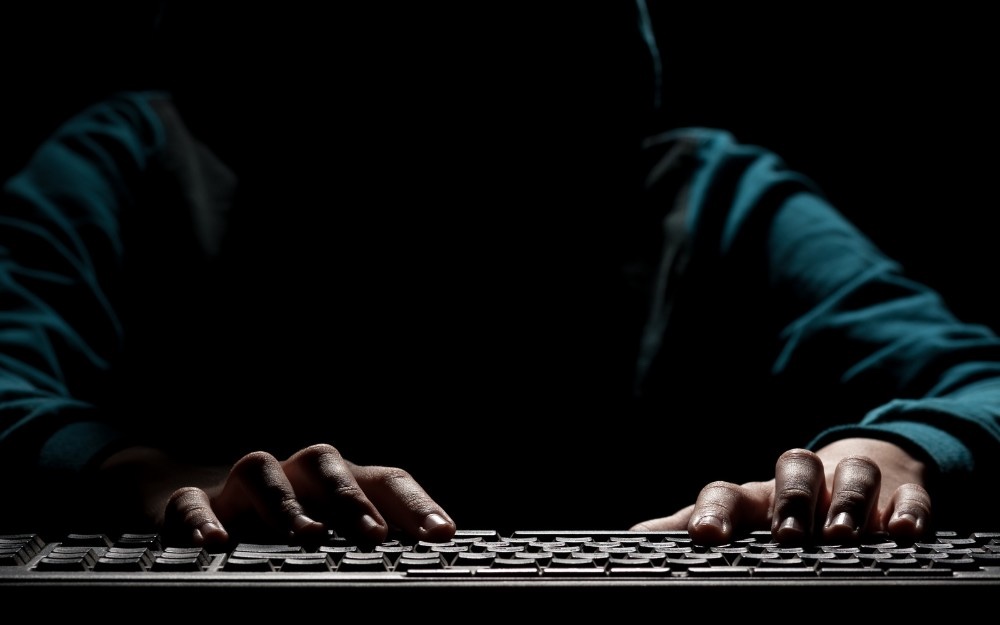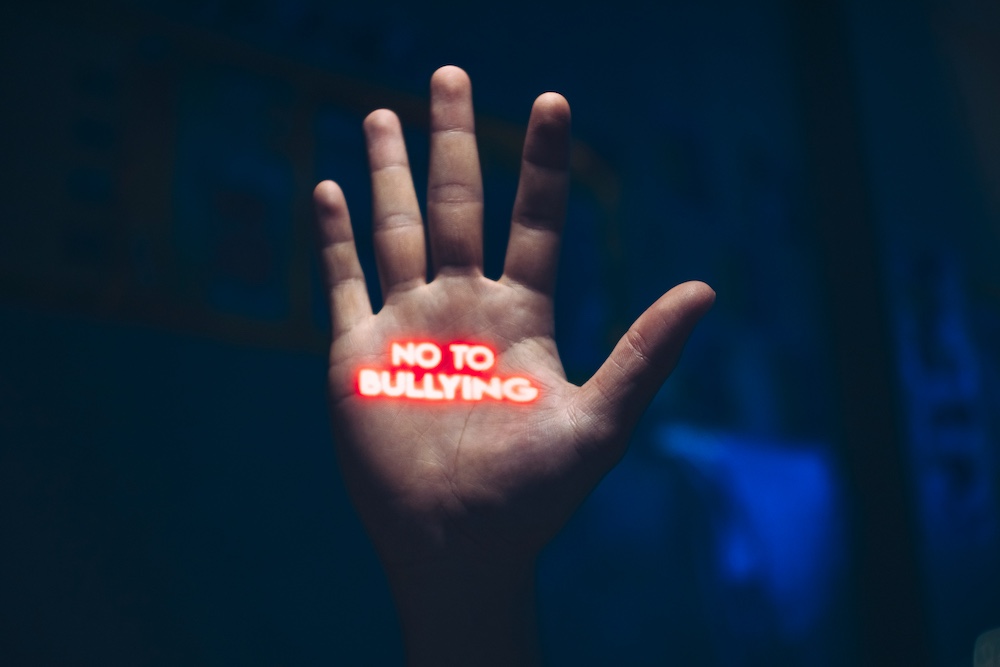For adolescents, cyberbullying feels like they’re being attacked everywhere. But there is something we can all do to fight the serious consequences.
The effects of cyberbullying extend beyond mobile screens and social media. They are harmful, crippling and, at times, can lead to death. And in an era where everyone has unrestricted access to Facebook, TikTok, Instagram, and all the mess of the online world, cyberbullying feels inescapable, especially for teenagers.
In the United States, a 2023 study by the Pew Research Center found that about 46% of adolescents in the US have experienced at least one type of cyberbullying. In the same year, the Centers for Disease Control and Prevention (CDC) revealed that the incidences of both cyberbullying and adolescent suicide are rising, with 13.6% of teens making a serious suicide attempt.
The Philippines is likewise facing a significant suicide crisis, including teens who are experiencing cyberbullying. In a press conference in July 2025, former Philippine National Police (PNP) chief Gen. Nicolas Torre III said that they recorded 2,000 Filipinos who committed suicide from January to June 2025. “Based on our investigation, some of the cases were victims of both physical and online bullying,” he noted.
Among those presumed to have succumbed to the ill effects of cyberbullying is Filipino social media star Emman Atienza, who died by suicide on Oct. 22, 2025, at her family home in Los Angeles, California. Her death was confirmed by her parents, TV personality Kim Atienza and celebrity entrepreneur Felicia Atienza, in a post on Instagram. Emman decided to end her life at 19.

Her death comes almost a year after Emman, who now has a million followers on TikTok, drew flak for her video of a dinner with friends at a high-end Japanese restaurant in Manila. She and her group played “guess the bill,” a viral game where each person guesses the total amount, and the person with the closest estimate pays for the meal. The bill for Emman’s dinner with her friends was revealed to be P133,000, sparking huge backlash online.
The TikTok star eventually took the post down and withdrew from social media for a time, but still struck back at bashers who alleged that her wealth came from her father’s political family.
Although the cause of Emman’s suicide was not disclosed by her family, it reflects the silent, growing dangers of cyberbullying. According to a study by the University of the Philippines, already six in 10 of teens who thought of committing suicide in 2021 did not reach out to anyone about it at that time.
Related story: How Kate Spade the brand continues to champion women’s mental health 6 years after founder’s death
It’s an issue that has been going on for decades. In the same study, UP found out that “one in five Filipino youth aged 15-24 have ever considered ending their life.” That’s equivalent to almost 1.5 million youth—a number that’s up by 7.5% from 2023’s 574,000.
While the reasons for the suicide attempts are many and complex, cyberbullying remains a major culprit. UNICEF, in 2019, recorded that almost half of Filipino children aged 13-17 were affected by cyberbullying. The prevalence of cyberviolence for males (44%) is almost the same for females (43%).
The silent dangers of cyberbullying

Cyberbullying happens any time, anywhere online. It has been increasing rapidly, just like how it’s now impossible to stumble upon a public social media post without any aggressive, prejudiced, malicious, or even merely sarcastic comments about the content or its creator. Cyberbullying is a repeated behavior, with the intention of insulting, angering, or shaming those who are targeted.
It just doesn’t stop with the hate comments on social media. It is rampant on messaging apps, gaming platforms or basically anywhere online. It takes place when cyberbullies spread lies or post embarrassing photos or videos of someone, or when they send anything hurtful, abusive, or threatening via messaging platforms. Engaging in sexual harassment, as well as creating fake accounts of someone or sending mean messages to others on their behalf, are also some of the common forms of cyberbullying.
It is more prevalent than most people think. According to UNICEF, one-third of cyberviolence experienced by Filipino children is in the form of verbal abuse over the internet or cellphone, while a fourth is through sexual messages. There were also twice as many males than females who reported having their nude body or sexual activities, whether real or falsified, shown on the internet or cellphone.

What’s worse, cyberbullying often happen alongside face-to-face bullying. But, either way, online bullying itself creates lasting emotional, psychological scars on young people, who are most vulnerable to stress, depression, and mental health challenges compared to their middle-aged and older counterparts.
Cyberbullying, especially for the young, can feel as if you’re being attacked everywhere, including your own home. It seems like there’s no escape, with the victims experiencing mental effects such as feeling upset, afraid, or angry not just against their bullies but, more so, themselves. They feel ashamed or lose interest in the things they love. It can even manifest physically in the form of lack of sleep, stomach aches, and headaches.
The feeling of being laughed at or harassed by others can lead to withdrawing from friends and family. It prevents them from speaking up or even thinking of ways to solve the problem. All this can lead to the victims taking their own lives.
Related story: I moved to the south and it saved my mental health
Related story: Vitamin sand and sea: Why a quick beach trip is great for a mental health boost
There are ways to prevent it

It can be challenging to address cyberbullying among children and teens as they are vulnerable and easy targets of online violence. Still, there are ways to prevent it from leading to serious consequences.
If you think you’re being bullied, the first step is to seek help from someone you trust, such as your parents, your favorite teacher, or a trusted adult in any way you feel most comfortable—online or in person. It’s also best to block the bully and formally report their behavior on the platform where it is taking place. On Facebook and Instagram, for instance, you can click the three dots on the post or message you want to report and select “Find support or report post.” You can also head to the person’s profile, click the three dots on the upper right corner of their wall, and click “Block.”
When talking to a trusted adult or reporting their behavior on social media, it’s always best to collect evidence—screenshots of the comments, posts, or messages—to give them a clearer view of what’s going on. If you find yourself in immediate danger, you can contact the PNP Anti-Cybercrime Group at 0968-867-4302 for Smart, 0967-136-0322 for Globe, and 0992-989-3889 for Dito subscribers.
It’ll also help to stay away from stress. The Department of Health recommends resting, avoiding negative news and information online, eating healthy and nutritious food, exercising, and avoiding vices to maintain good mental health.

If you want to help someone dealing with cyberbullying, DOH’s senior medical officer, Dr. Arleen Grace Rosal, suggests paying close attention to their behavior. Rosal said those likely to take their own life are people who are extremely sad, full of rage, have feelings of emptiness and hopelessness, or talk about wanting to die.
“We must be sensitive to the feelings and needs of people suffering from mental health,” she said in a press briefing in February 2024. “Do not take it for granted if you see someone with behavioral changes. Even if he or she is joking about committing suicide, it is already a red flag.”
Constantly communicate with them and be persistent, as it might take some time before they are willing to talk. It’s also best not to leave them alone and remove firearms, alcohol, drugs, sharp objects, or other things used in a suicide attempt from their home. Most importantly, seek help from a medical or mental health professional. You can reach out to the following organizations:
National Center for Mental Health
Mobile: 0917-899-USAP (8727)
Landline: 989-USAP
Bantay Banta Helpline 163
Landline: 163
Mobile: #163 (Globe) or 163 (Smart)
Suicide Crisis Lines
Landline: 8893-7603
Mobile: 0917-8001123
Hopeline Philippines
Landline: 8804-4673
Mobile: 0917-558-4673, 0918-873-4673
Related story: Give your heart some lovin’—eight tips for a heart-healthy lifestyle








